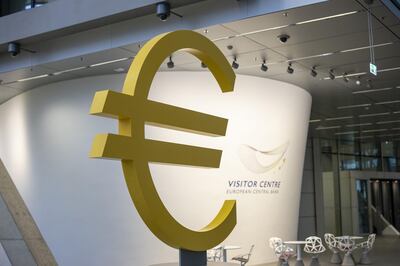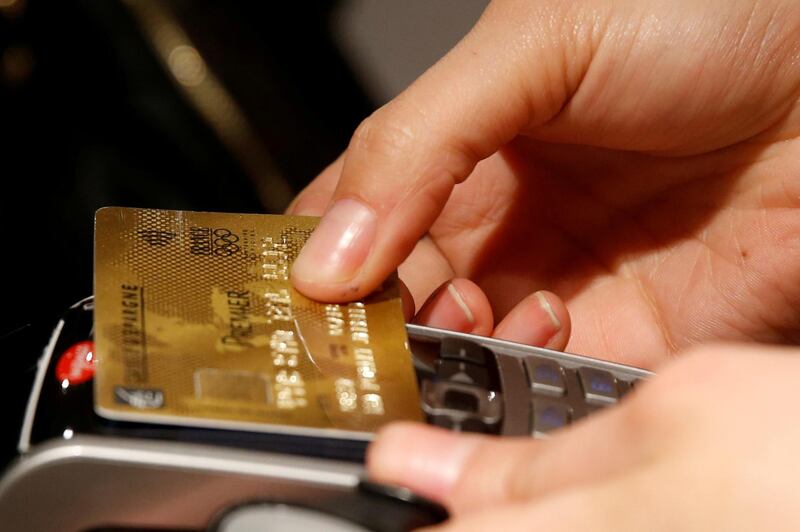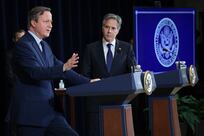Governments across the rich world have spent anywhere between 4 and 21 per cent of their countries' gross domestic product to stimulate their coronavirus-ravaged economies. A substantial portion of these stimulus packages has been aimed at boosting the purchasing power of individuals and small businesses. But there is evidence to suggest that they are not having the desired effect on consumer spending, thereby pushing governments to consider announcing more such packages in the near future.
Researchers in the US and Europe point out that people have tended to use the money they received from stimulus funds to pay for necessities, including food and rent, more than they have on luxuries, such as electronics, furniture and cars. The outcome – as concluded by researchers from the Kellogg School of Management at the US-based Northwestern University – is that the "stimulus checks didn't stimulate the hard-hit areas of the economy like manufacturing or retail".
This means that governments need to rethink their stimulus packages before they run out of money. But what can they do?
James Duesenberry, a former Harvard University economist, once wrote: "Economics is all about how people make choices, but sociology is all about how they don't have any choices to make." I would add to this notion by saying that the way people spend their money today is largely determined by their access to enabling technology.

For example, it was only after the invention of the Diners Club Card in 1949 that consumers could access financial resources that were previously not immediately available to them. Just consider how limited a person’s choice would be at a restaurant or a shop that only accepts cash as a form of payment.
Electronic payments generally require access to a bank account and to electronic banking. But there are countries in the emerging markets where a majority of people do not have access to an account, let alone net banking. Only 3 per cent of India’s population have access to a credit card, according to data sourced from Reserve Bank of India, compared to around 68 per cent in Japan and the US.
Governments have come to take for granted the availability of many established technologies, such as the internet and the various modes of transportation. Yet these ubiquitous technologies are not as available to everybody as one might assume. The rate of car ownership, for instance, is as high as 838/1,000 adults in the US, according to the Federal Highway Administration, a the US government agency. But it is only 22/1,000 in India and under 10/1,000 in many African countries. The same can be said about air and train travel in emerging markets.
In today’s world, goods and services are increasingly bundled with technology. The app store is bundled with the smart phone, just as the mall is bundled with the car. And yet technology does not seem to feature a great deal in governments' study of consumer choice, as is evidenced in the lack of effectiveness of some of the stimulus packages.

Governments would be wise to consider the effect of technology scarcity on the effectiveness of these packages.
Access to broadband, transportation, smart wearables and intelligent home and office technologies could hold the key to an effective stimulus. In this respect, governments could earmark some of their funds to enable small firms and households to adopt or upgrade the necessary technology to participate in the economy, both as consumers and producers. They could subsidise the cost of high-speed internet connection, software, smart home appliances and personal wearables.
It is evident that working from home and remote learning have only been made possible in countries and communities where broadband access is available and reasonably priced, as well as in places where ownership of video-enabled phones, laptops and tablets is high.
It is therefore important for governments to recognise that technology is a “necessity resource” that helps to unlock other resources. Furthermore, they should identify technology scarcity as a separate subject of economic policy.
Lionel Robbins, a former professor at the London School of Economics, once defined the subject matter of economics as "the study of the allocation of resources, under conditions of scarcity". However, allocation itself is often influenced by technology. In fact, technology has become a condition for participation in various aspects of economic life, whether they relate to production or consumption. This is especially observable in regions and communities where access to technology is beyond reach.
Without adequate and affordable access to technology, human agency will continue to fall short. On a macroeconomic level, it will almost certainly render obsolete any government's economic recovery policies despite its best intentions.
Sami Mahroum is a professor at the Free University of Brussels






